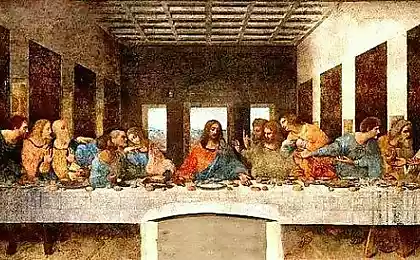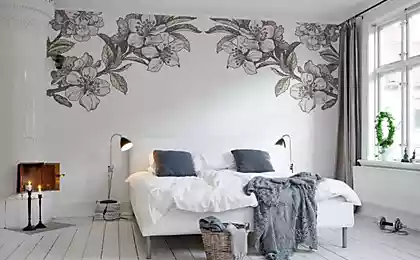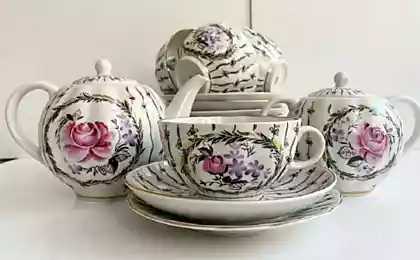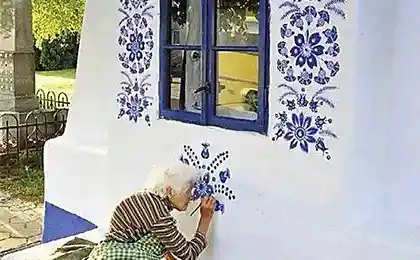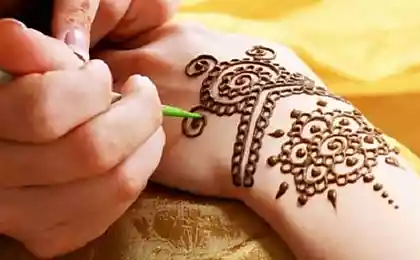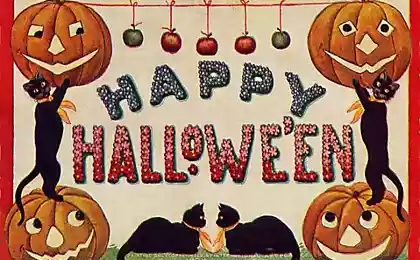527
Traditions of temple painting
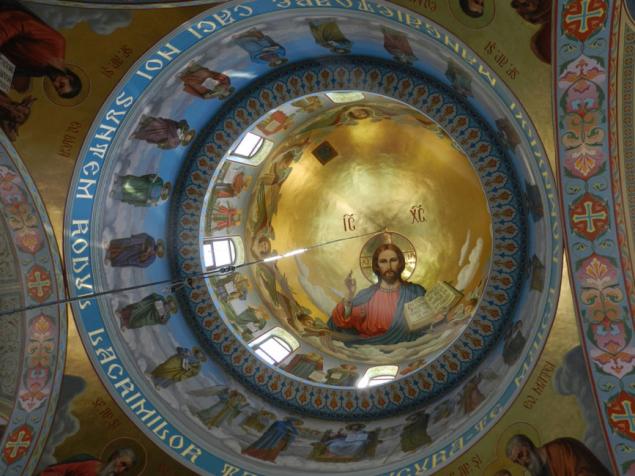
The decoration of the temple is not created as an end in itself - it is part of religious veneration, following ancient traditions and precepts. Since the time of Byzantium, the traditions of decorating a Christian shrine - a temple began to take shape.
Painted frescoes preserved from the times of Ancient Russia allow you to learn about the unique traditions of painting Christian churches. So, in the Kiev Cyril Church you can see magnificent frescoes of the XII century. It is here that one of the earliest images of the Last Judgment is placed. An amazing example of traditional temple painting was the Church in honor of the Transfiguration of the Savior on Nereditsa, built in 1198 in Veliky Novgorod. The entire surface of the vault and walls is covered with fresco painting, harmoniously complementing the architectural solution of the temple. This unity of picturesque and architectural form creates an amazing sense of awe, admiration for the splendor of the temple. It is not surprising that this painting has become widely known and attracted the attention of believers from all over the world.
Ancient frescoes have been preserved in the Vladimir Assumption Cathedral, made by well-known masters of icon painting Andrei Rublev, Daniel Cherny. The Assumption Cathedral of the Moscow Kremlin also continued the tradition of temple painting – there is a single style, which was continued thanks to the son of the icon painter from the God Dionysius. Together with their sons Feodosii and Vladimir, they created a whole school that recreated many of the nuances of traditional painting.
Traditionally, each fresco has its own location. Thus, the central dome is usually painted with the image of the Savior the Almighty, holy images of the Archangels, Prophets and Forefathers are written on the vaults. On the walls of the West are traditionally frescoes depicting the Last Judgment. The northern part is painted with various plots of the Apocalypse.
Among the paintings are often found images of Byzantine emperors and Russian princes, which especially emphasizes the spiritual and cultural continuity of the Russian Orthodox Church from the church of ancient Byzantium.
The traditions of temple painting allowed many years later, at the end of the XIX century to create outstanding examples of church culture. Suffice it to recall the Vladimir Cathedral built in 1896 in Kiev, the painting of which was taken by recognized masters of painting: V.M. Vasnetsov, M.V. Nesterov, M.A., Vrubel, etc.
These centuries-old traditions are not destroyed today: in the modern painting of the Ascension Cathedral (Rostov), according to traditional canons, holy subjects are depicted, creating a special atmosphere of splendor in the temple.
Getting acquainted with these works of modern temple painting, it is possible not to lose a sense of continuity, a sense of the rich potential of modern masters to follow ancient canons, to honor centuries-old foundations.




